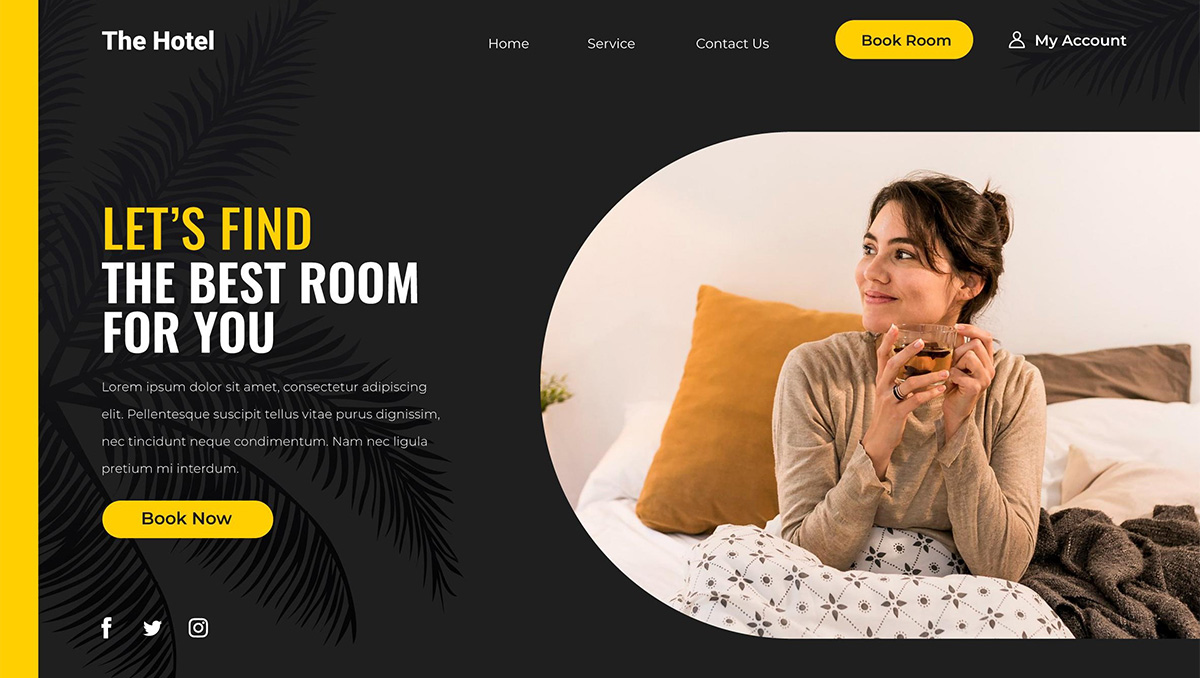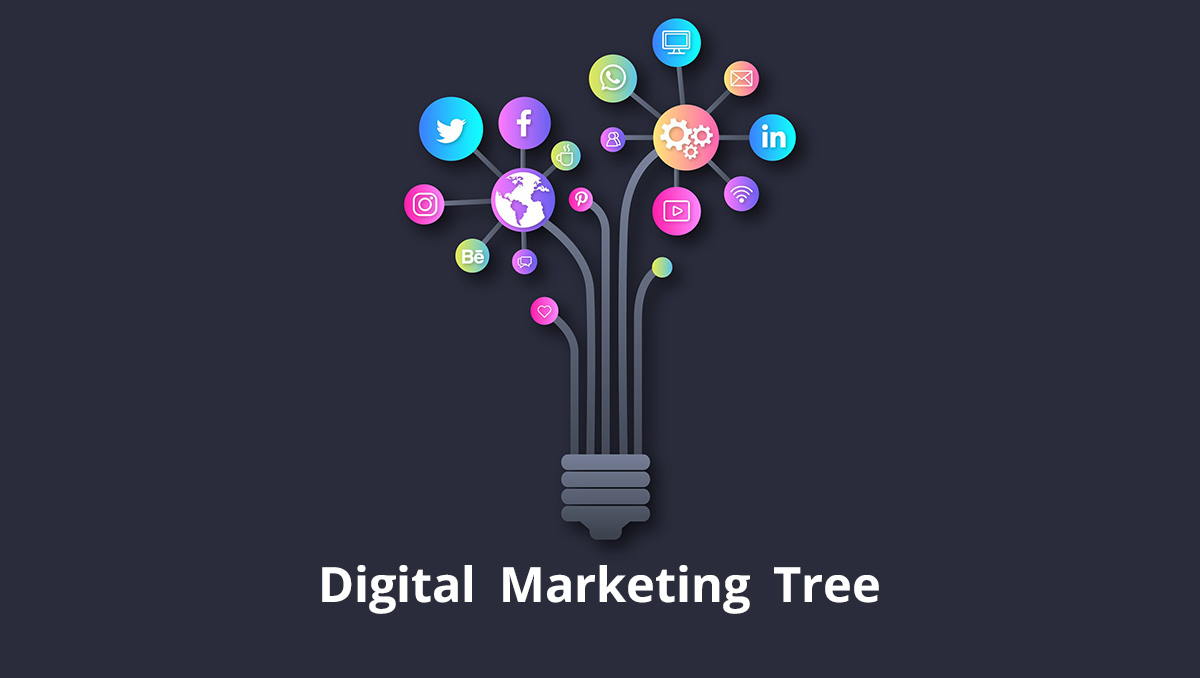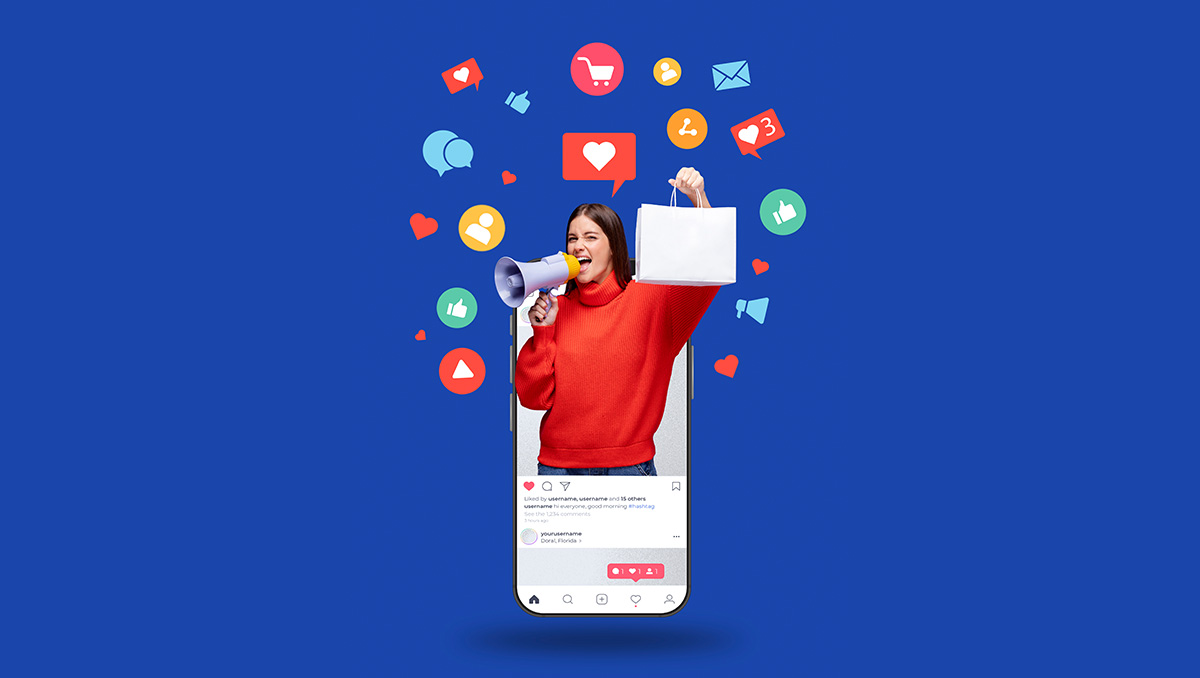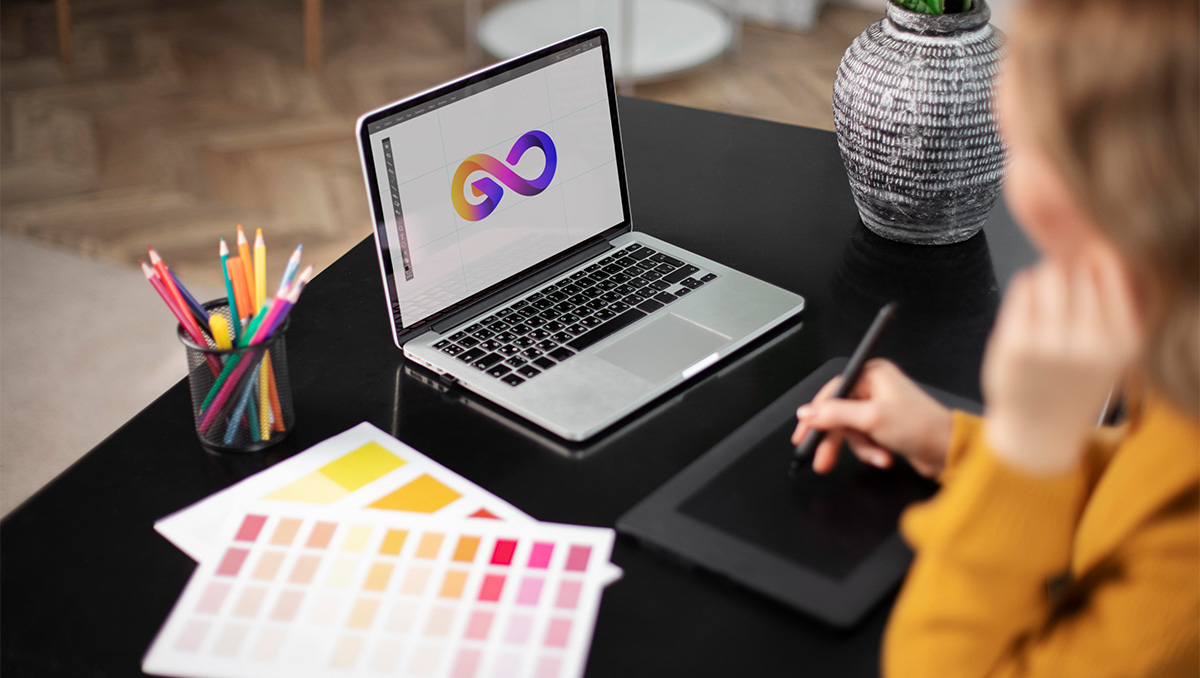Elevate Your Brand with Expert Graphic Design
What is Graphic Design?
Graphic design is a creative and visual art form that
involves the arrangement and combination of images, typography, colors, and
other design elements to convey ideas, messages, or information in a visually
engaging and aesthetically pleasing manner. It is the process of using design
principles and techniques to create visually appealing and communicative
graphics for various purposes and media.
Key aspects of graphic design include:
- Visual
Communication: Graphic design is primarily concerned with visual
communication. Designers use their skills to communicate messages,
information, or concepts to a target audience through visual means.
- Typography:
The selection and arrangement of fonts, typefaces, and text within a
design play a critical role in conveying tone, readability, and hierarchy.
- Layout
and Composition: Graphic designers arrange visual elements, such as
text, images, and graphics, in a structured and harmonious way to create a
balanced and effective design layout.
- Color
Theory: Color is a fundamental aspect of graphic design. Designers use
color to evoke emotions, create visual interest, establish brand identity,
and ensure overall visual coherence.
- Imagery
and Illustration: Images, illustrations, and graphics are often
incorporated into designs to enhance the message or visual appeal of a project.
- Branding:
Graphic designers play a key role in developing and maintaining brand
identities. They create logos, visual guidelines, and branding materials
to ensure consistency in a brand's visual representation.
- Print
and Digital Media: Graphic design is applied to various media,
including print materials like brochures, posters, and business cards, as
well as digital media such as websites, social media graphics, and mobile
app interfaces.
- User
Interface (UI) and User Experience (UX) Design: In the digital realm,
graphic designers often work on UI and UX design, focusing on creating
user-friendly interfaces and optimizing the overall user experience.
- Advertising
and Marketing: Graphic designers contribute to advertising campaigns
by creating visually compelling materials, such as banners, billboards,
advertisements, and promotional materials.
- Publication
Design: Graphic designers are involved in the layout and design of
publications like magazines, newspapers, books, and newsletters to ensure
readability and visual appeal.
- Environmental
Graphics: Some graphic designers specialize in environmental graphics,
which involve creating signage, wayfinding systems, and branding elements
for physical spaces.
- Motion
Graphics: Motion graphic designers create animated visual content for
video production, multimedia presentations, and digital advertising.
Graphic design is a versatile field with applications across
diverse industries, including advertising, marketing, publishing, web
development, and more. It plays a crucial role in conveying information,
capturing attention, and creating memorable visual experiences in both print
and digital formats. The work of graphic designers is essential for effective
communication and visual storytelling in today's visually oriented-world.
Graphic design offers numerous advantages for businesses,
helping them convey their messages, build brand identities, and connect with
their target audiences effectively. Here are some of the key advantages of
graphic design for business:
- Enhanced
Brand Recognition: Consistent and well-designed graphics, including
logos and visual elements, help create a strong brand identity that
customers can recognize and remember.
- Professionalism:
High-quality graphic design projects a professional image, instilling
trust and confidence in your business among customers and partners.
- Effective
Communication: Graphics can convey complex ideas or messages quickly
and efficiently, making it easier for audiences to understand your
offerings and values.
- Differentiation:
Unique and visually appealing designs set your business apart from
competitors and make you stand out in a crowded market.
- Cohesive
Branding: Graphic design ensures that all branding materials, from
business cards to websites, align with your brand's visual identity,
creating a cohesive and memorable brand image.
- Increased
Engagement: Eye-catching graphics on social media, websites, and
marketing materials encourage user engagement and sharing, expanding your
reach.
- Improved
User Experience (UX): In digital design, good graphic design
contributes to a positive user experience by making interfaces visually
intuitive and user-friendly.
- Clarity
and Readability: Effective typography and layout in graphic design
enhance the readability of text, improving communication with your
audience.
- Effective
Marketing: Graphic design supports marketing efforts by creating
visually compelling advertisements, flyers, banners, and promotional
materials that capture attention and convey messages effectively.
- Customer
Trust: Professionally designed materials convey competence and
credibility, helping to establish trust and rapport with customers.
- Visual
Storytelling: Graphics can tell a story or evoke emotions, creating a
deeper connection with your audience and making your message more
memorable.
- Flexibility:
Graphic design is versatile and applicable to various media, including
print, digital, and environmental, allowing your business to adapt to
different communication channels.
- Cost-Effective:
Well-designed graphics can be reused across different marketing materials,
reducing the need for constant redesign and saving costs in the long run.
- Consistency:
Consistent graphic design across all touchpoints reinforces brand
recognition and customer loyalty.
- Competitive
Advantage: A strong visual identity and compelling design can give
your business a competitive edge by attracting and retaining customers.
- Accessibility:
Effective graphic design ensures that information is presented clearly and
is accessible to all, including those with disabilities.
- Data
Visualization: Infographics and data visualizations make complex data
more understandable and engaging, aiding in data-driven decision-making.
In today's visually driven world, where first impressions
matter more than ever, the role of graphic design in elevating your brand
cannot be overstated. Expert graphic design is the key to crafting a visual
identity that captivates audiences, communicates your brand's essence, and
leaves a lasting impact.
The Visual Power of Graphic Design
Graphic design is a potent tool for businesses looking to
distinguish themselves in a crowded marketplace. It encompasses a wide range of
creative disciplines, from crafting logos and promotional materials to
designing websites and user interfaces. Here's how expert graphic design can
transform your brand:
- Distinctive
Branding: Your brand's visual identity is its face to the world.
Expert graphic designers can create unique logos, color palettes, and
typography that set your brand apart and make it instantly recognizable.
- Consistency
Across All Touchpoints: Consistency is crucial in reinforcing your
brand's image. Graphic design ensures that your brand's visual elements
are uniform across various media, from business cards to social media
profiles.
- Effective
Communication: Graphic design distills complex ideas into visual
formats that are easy to understand. It ensures that your message is
clear, impactful, and memorable.
- Audience
Engagement: Captivating graphics, whether on your website, in
advertising, or on social media, draw audiences in, encouraging them to
explore further and engage with your brand.
- Trust
and Credibility: Professionally designed materials convey competence
and reliability. A polished brand image builds trust and credibility among
customers and partners.
- Flexibility
and Adaptability: Graphic design is adaptable to different media and
channels. It ensures that your brand is well-represented in both print and
digital environments.
The Collaborative Approach
Achieving exceptional graphic design requires collaboration
between your brand and experienced designers who understand your goals, values,
and target audience. The process typically involves:
- Conceptualization:
Brainstorming ideas and concepts that align with your brand's identity and
objectives.
- Design
Development: Creating and refining visual elements, including logos,
color schemes, and design templates.
- Application:
Implementing the designs across various media, ensuring consistent
branding.
- Feedback
and Iteration: Reviewing designs with an openness to feedback and
making necessary refinements.
- Launch
and Promotion: Deploying the final designs strategically to reach your
target audience effectively.
Elevating Your Brand, Every Step of the Way
In today's competitive landscape, your brand's visual
identity is a critical asset. Expert graphic design elevates your brand by
shaping how it's perceived, resonating with your audience, and leaving a
lasting impression. With the guidance of experienced graphic designers, your
brand can reach new heights, stand out from the competition, and connect with
customers on a deeper level.
In summary, graphic design plays a vital role in helping
businesses communicate effectively, establish strong brand identities, and
engage with their target audiences. It is a valuable investment that can lead
to increased brand awareness, customer trust, and business growth.
 Lumen Softtech
●
2023-10-30 15:42:25
Lumen Softtech
●
2023-10-30 15:42:25

.png)



